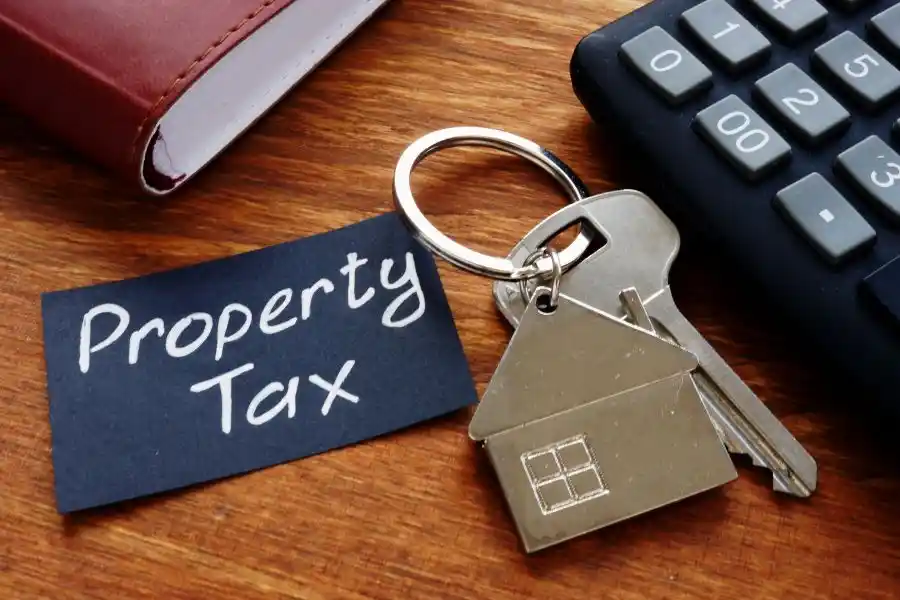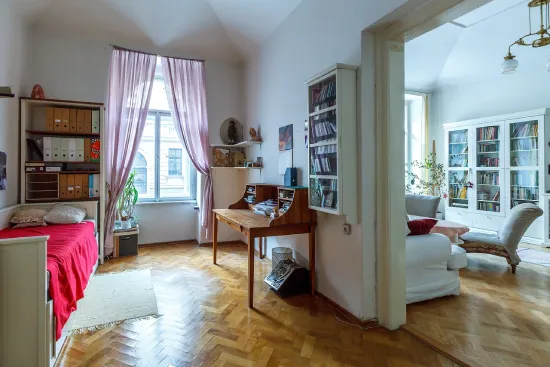Step-1: Evaluate Your Rent Affordability
Your expenses naturally rise as your family grows, and making certain lifestyle changes, like replacing your existing car with a minivan or an SUV, may also come with new debt. New expenses and debt may significantly impact your rent affordability. You also have to plan long-term since your expenses may change as your kids grow from toddlers to preschoolers or when they enter their teenage years. If your income is rising only enough to keep pace with the inflation and cost of living, these newer expenses may further limit your rent affordability. Knowing how much rent you can afford will help you streamline your apartment search.
Step-2: Choose The Right Neighborhood
When you know how much rent you can afford, you can shorten your list of neighborhoods to a more manageable size. Then factors like proximity to subways, work, family, and friends may influence your decision about the neighborhood. Even if you use your own vehicles for transport (primarily), being as close to the places you regularly commute to is advisable. Then you can evaluate the neighborhoods on the basis of how kid-friendly/family-friendly they are.
Another factor to consider when choosing the right neighborhood is whether it has the kind of apartments you are looking for. If you need more rooms and square footage, neighborhoods with a high density of small studios may not be a viable choice.
Step-3: Choose The School District/Zone
For most parents, being in the right school district may be the primary reason for relocation and may have the most influence on the apartment choice. In order to identify which school district an apartment falls in, you can use the “Find a School” search engine. Alternatively, you can use the Inside School website to identify what your zoned schools would be for a particular address. The reason I recommend this website more is that it has an impact and performance rating for each school, which may help you identify the quality of the schools in the area you are moving into.
Step-4: Look For The Right Kitchen and Bathroom
When you have kids and a relatively large family, a spacious kitchen and a bathroom (ideally more) with a bathtub may be a necessity and not just a lifestyle choice. A bathtub can make bathing infants/toddlers very convenient. More than one bathroom is also a major plus, as it can significantly reduce the morning hassle when everyone is waking up to go to school, or the office and multiple family members have to use the bathroom simultaneously.
As for the kitchen, it is usually the center of family activities and where all members of the family gather, at least during meals. If it’s cramped and secluded, it may not work well for a family. In contrast, even smaller open kitchens can work quite well with the right seating arrangement.
Step-5: Look For Family Friendly Amenities
It’s a good idea to make a list of must-haves and desirable amenities before you conduct your apartment search. For example, an in-unit washer and dryer is a highly recommended amenity for families, especially with small children. The amount of laundry that has to be taken care of in a house with kids can be significant and much easier to manage with an in-unit washer. But since it’s not common, the next best thing would be laundry in the building. Unless they can afford to get it cleaned or have the time to visit a laundromat multiple times a week, it would not be ideal for a family to move into an apartment without laundry.
Step-6: Find The Right Space and Construction
When you have a family with multiple kids, more space is desirable, but more bedrooms may be optional, especially if you can get creative with temporary separations for more privacy. A spacious two-bedroom apartment that your kids can share might be better than a cramped three-bedroom where there is not enough room to run about. If you have small children, you can dedicate a portion of any open space you have to the nursery. As for the construction, make sure it’s sturdy, safe, and adequately soundproof. Young children tend to make a lot of noise, and if it’s a constant source of annoyance for your neighbors, they may complain. Soundproof construction can help you avoid that.
Step-7: Keep Lease Terms and Building Rules In Mind
When you are moving into an apartment with your family and plan to put down roots, a long-term lease might be more desirable. A rent-controlled apartment can be quite helpful in this regard, but even if you are moving into a market-rate apartment, you can negotiate a long-term lease or, barring that, develop a good relationship with your landlord so they are comfortable with renewing your lease at the end of every term.
Make sure the building doesn’t have any restrictive rules that may negatively impact your children, like a no-pet policy.















